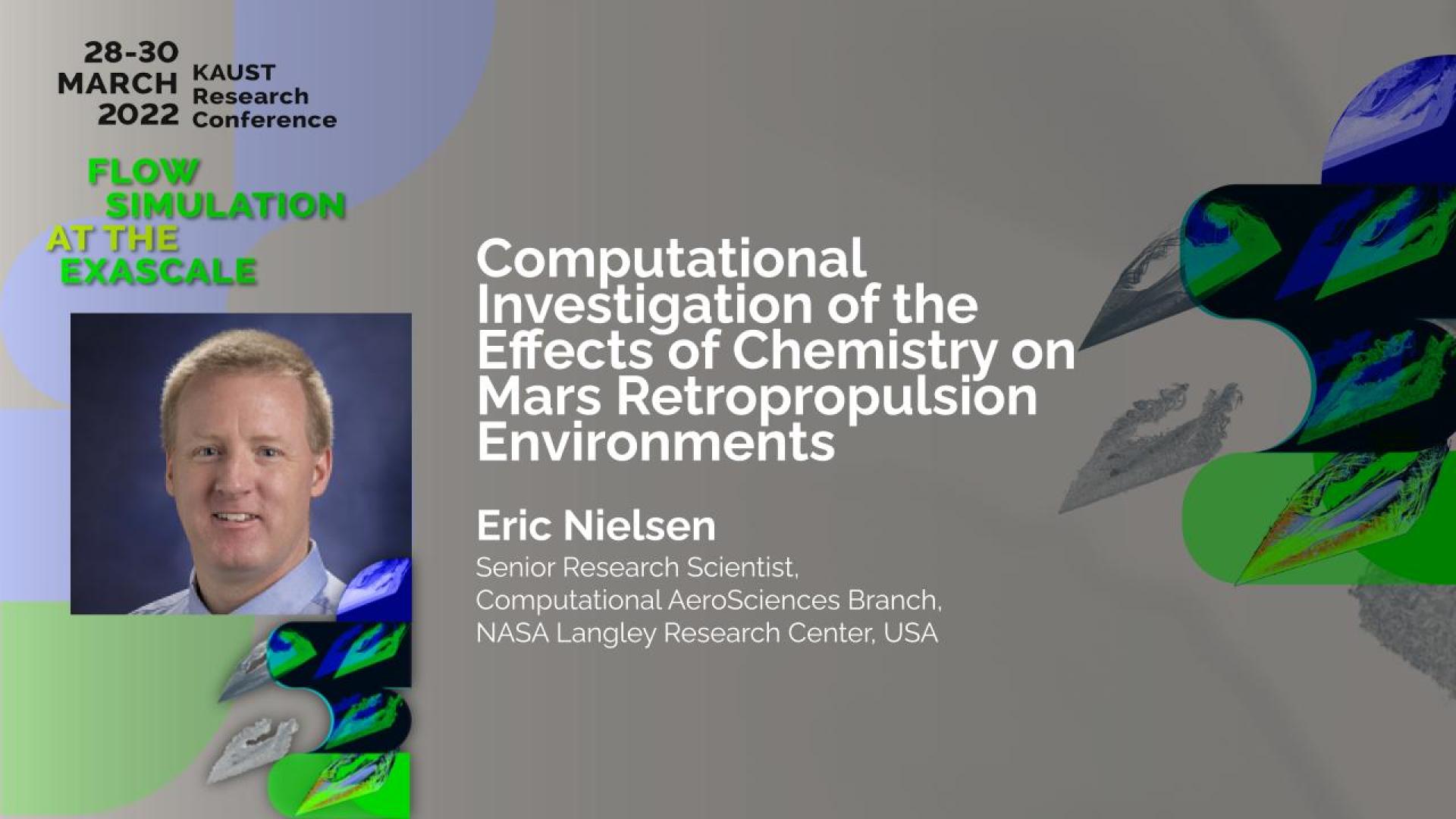Abstract
Human-scale Mars vehicles will require retropropulsion for descent and landing, replacing heritage supersonic parachute systems with an extended phase of powered flight. Due to the limitations of terrestrial testing in Mars-relevant conditions, design and analysis will increasingly rely on computational modeling and simulation. This paper provides an overview of a computational campaign investigating the aerodynamics of a Mars lander concept along various points on a powered descent trajectory including supersonic, transonic, and subsonic conditions using finite-rate chemistry. Simulations using unstructured grids containing billions of elements are performed at scale using thousands of GPUs, enabling run-times of a few days for each simulation presented.
Brief Biography
Eric Nielsen is a Senior Research Scientist with the Computational AeroSciences Branch at NASA Langley Research Center in Hampton, Virginia, where he has focused on the development of computational aerodynamics software for the past 29 years. The software has been distributed to thousands of organizations around the country and supports major national research and engineering efforts at NASA, in industry, academia, the Department of Defense, and other government agencies. Dr. Nielsen is a recipient of NASA's Silver Achievement, Exceptional Achievement, and Exceptional Engineering Achievement Medals as well as NASA Langley's HJE Reid Award for best research publication.
